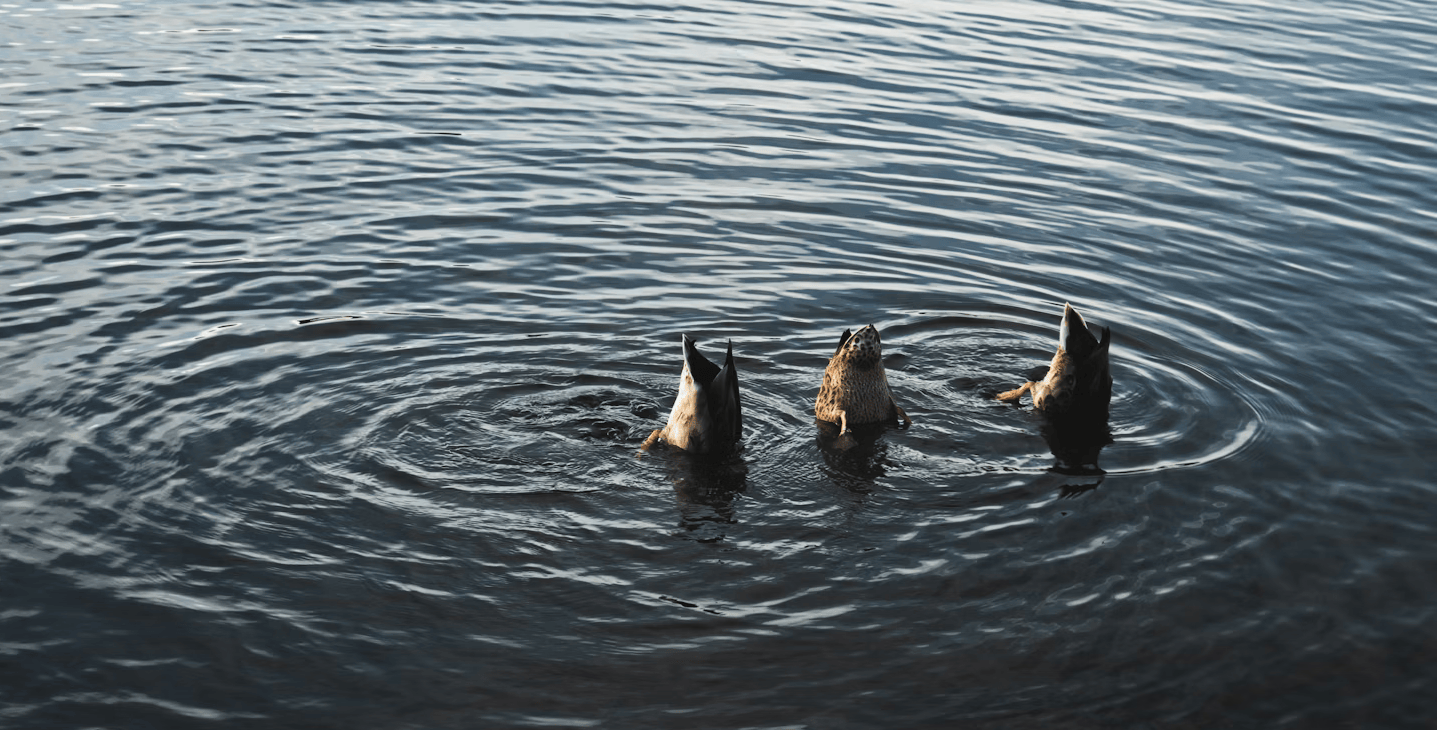Ducks are fascinating and adaptable birds found in various environments, from lakes and rivers to wetlands and marshes. Their diet varies based on their habitat, but wild ducks primarily rely on naturally available food sources to sustain themselves.
Understanding the natural diet of ducks is crucial for wildlife enthusiasts, conservationists, and birdwatchers who want to ensure that these birds thrive in their ecosystems.
Natural Diet of Wild Ducks
Wild ducks are omnivores, meaning they eat both plant and animal matter. Their diverse diet allows them to adapt to various habitats and food sources. Their diet primarily consists of:
Aquatic Plants
Ducks forage for a variety of aquatic plants, including pondweed, duckweed, algae, and other submerged vegetation. These plants provide essential nutrients, fiber, and minerals that help ducks maintain a balanced diet. The availability of aquatic plants varies depending on the season and water conditions, influencing the feeding habits of ducks in different regions.
Insects and Small Invertebrates
Wild ducks consume a significant amount of insects, snails, worms, and small crustaceans, which provide essential protein. Insects such as dragonflies, mosquitoes, beetles, and water bugs are common food sources for ducks, especially during the warmer months when insect populations are abundant. Snails and worms also contribute to their protein intake, which is essential for growth, reproduction, and overall health.
Seeds and Grains
Ducks eat seeds from grasses, weeds, and trees that fall into the water. These seeds provide energy and essential nutrients, particularly during migration and colder months when other food sources may be scarce. Ducks often forage in shallow waters and along the edges of wetlands to find seeds and grains that have naturally dispersed into their environment.
Small Fish and Amphibians
Some duck species supplement their diet with small fish, tadpoles, and frogs. These protein-rich food sources are particularly important for ducks that inhabit coastal and freshwater environments where fish and amphibians are abundant. Ducks that consume fish and amphibians tend to have sharper, more pointed bills adapted for catching and consuming these prey items.
How Ducks Forage for Food
Ducks use different feeding techniques based on their species and habitat. Their foraging behavior is adapted to their environment and the availability of food sources.
Dabbling Ducks
Dabbling ducks, such as mallards, pintails, and teal, feed by tipping forward in the water, skimming the surface, or grazing on land. They primarily forage in shallow waters, using their specialized bills to filter small plants and animals from the water. They do not dive deep but instead rely on accessible food sources found near the water’s surface.
Diving Ducks
Diving ducks, such as canvasbacks and scaup, dive underwater to catch fish, snails, and other small aquatic creatures. They have strong, muscular legs and streamlined bodies that allow them to swim efficiently beneath the surface. Diving ducks can stay underwater for several seconds while searching for food before resurfacing.
Seasonal Variations in Diet
Ducks adjust their diet according to seasonal availability. Their ability to adapt to different food sources ensures their survival throughout the year.
- Spring and Summer: During the warmer months, ducks consume more insects, small fish, and fresh vegetation. These protein-rich foods help them during the breeding season, ensuring that they have the necessary energy for nesting and raising their young.
- Autumn: As temperatures drop, ducks begin to rely more on seeds, grains, and plant matter to build up fat reserves for migration. Many species travel long distances to find suitable wintering grounds, making energy-dense foods essential.
- Winter: In colder months, ducks rely on seeds, grains, and plant roots when insects and aquatic life become scarce. In frozen habitats, ducks may forage in open water areas or move to regions with milder temperatures where food sources are still available.
The Role of Ducks in Their Ecosystem
Ducks play an important role in maintaining the balance of their ecosystems. By feeding on insects, small fish, and aquatic plants, they help control populations and prevent overgrowth. Their foraging behavior also aids in seed dispersal, promoting the growth of vegetation in wetland areas.
Additionally, ducks contribute to nutrient cycling in aquatic environments. As they consume various food sources, they excrete waste that enriches the soil and water, providing essential nutrients for plant and microbial life.
Threats to the Natural Diet of Ducks
Despite their adaptability, ducks face several challenges that can impact their ability to find food. Some of the major threats include:
- Habitat Destruction: Wetland drainage, deforestation, and urbanization have significantly reduced the natural habitats of ducks. As their feeding grounds disappear, ducks struggle to find adequate food sources, leading to declines in population numbers.
- Pollution: Water pollution caused by agricultural runoff, industrial waste, and plastic debris affects the quality of food available to ducks. Contaminated water can introduce harmful chemicals and toxins into their diet, posing serious health risks.
- Climate Change: Changes in climate patterns impact the availability of food for ducks. Rising temperatures, altered rainfall patterns, and extreme weather events affect insect populations, aquatic plant growth, and migration routes, making it harder for ducks to find consistent food sources.
Conservation Efforts to Protect Duck Habitats and Their Natural Food Sources
Efforts to protect and restore duck habitats play a crucial role in ensuring their natural food sources remain abundant. Conservation organizations, governments, and wildlife enthusiasts are working to:
- Preserve Wetlands: Protecting natural wetlands helps maintain the ecosystems that support duck populations.
- Reduce Pollution: Implementing measures to reduce water pollution ensures cleaner and healthier environments for ducks.
- Promote Sustainable Agriculture: Encouraging eco-friendly farming practices helps reduce the impact of agricultural runoff on duck habitats.
- Educate the Public: Raising awareness about the importance of protecting ducks and their habitats helps foster conservation efforts worldwide.
Conclusion
Ducks are opportunistic eaters with a diverse and adaptable diet. Their ability to consume a wide range of food sources helps them thrive in different environments. However, habitat destruction, pollution, and climate change pose significant threats to their natural food supply. By understanding their diet and taking steps to protect their habitats, we can help ensure that wild ducks continue to flourish in the ecosystems they call home. Observing their feeding habits in the wild provides insight into their natural behaviors and the delicate balance of nature they help sustain.

